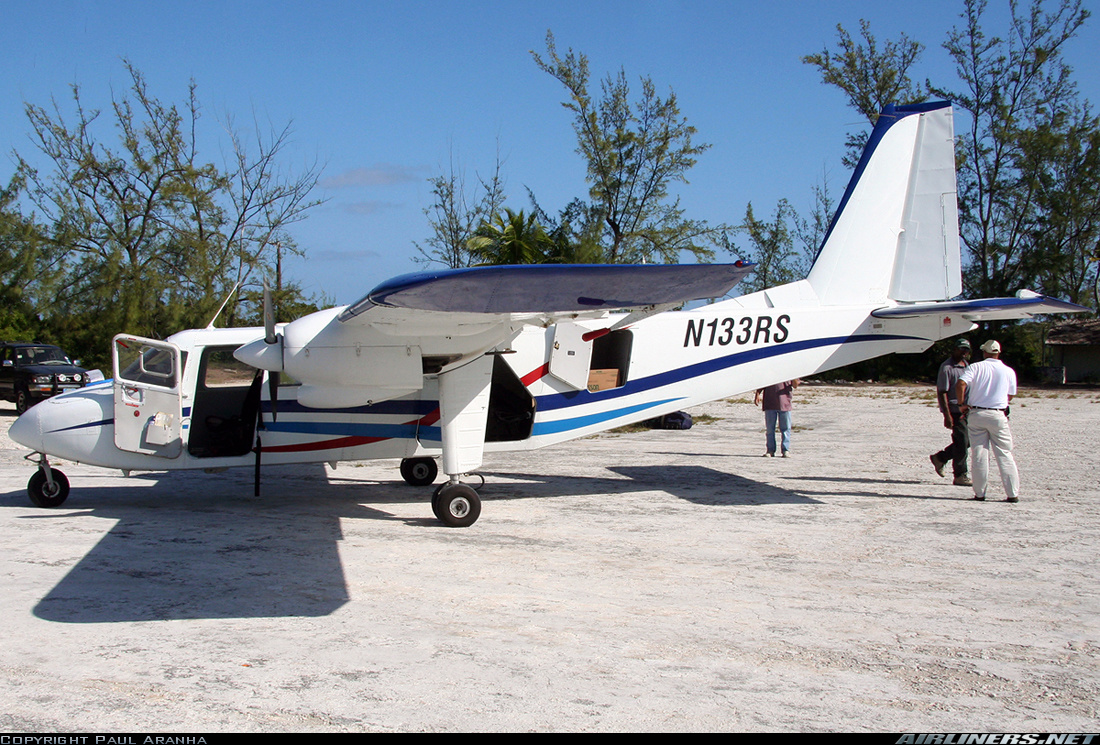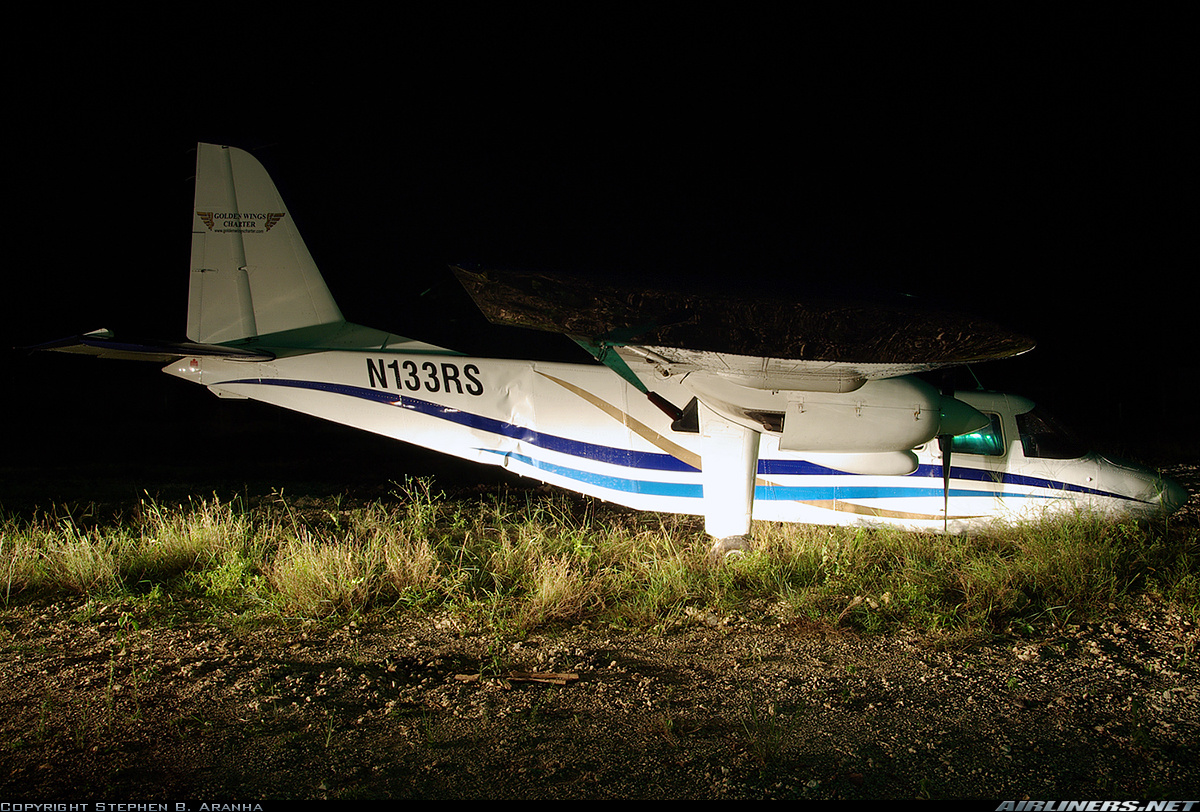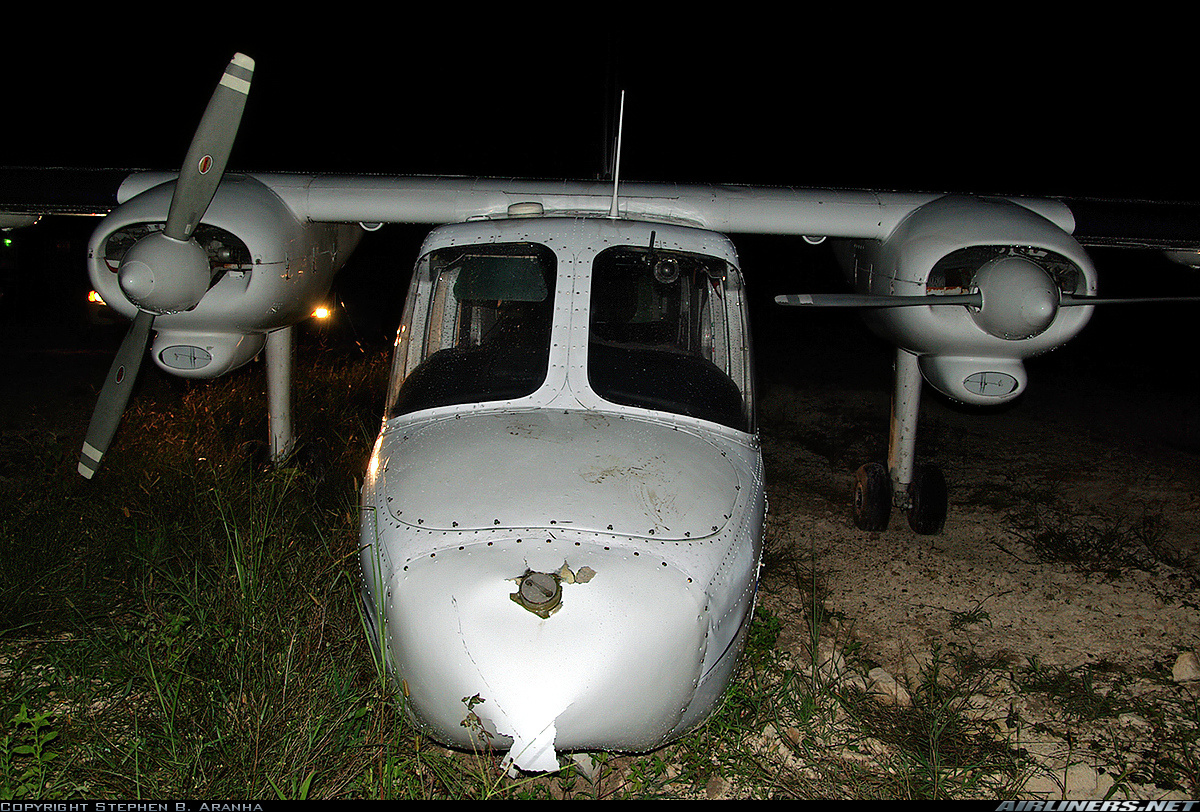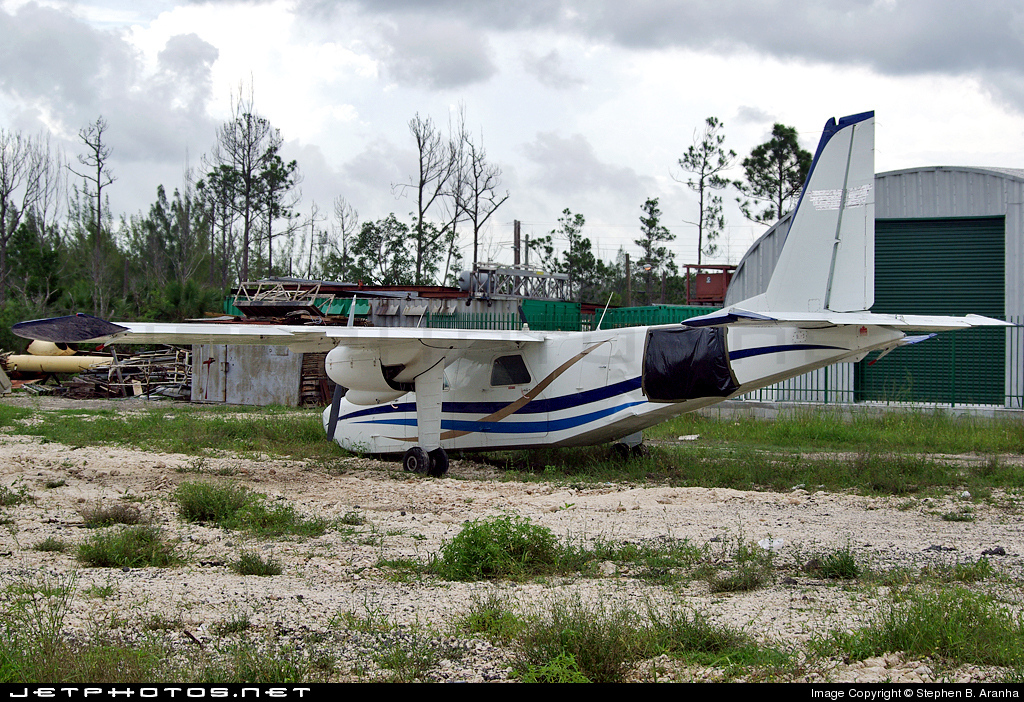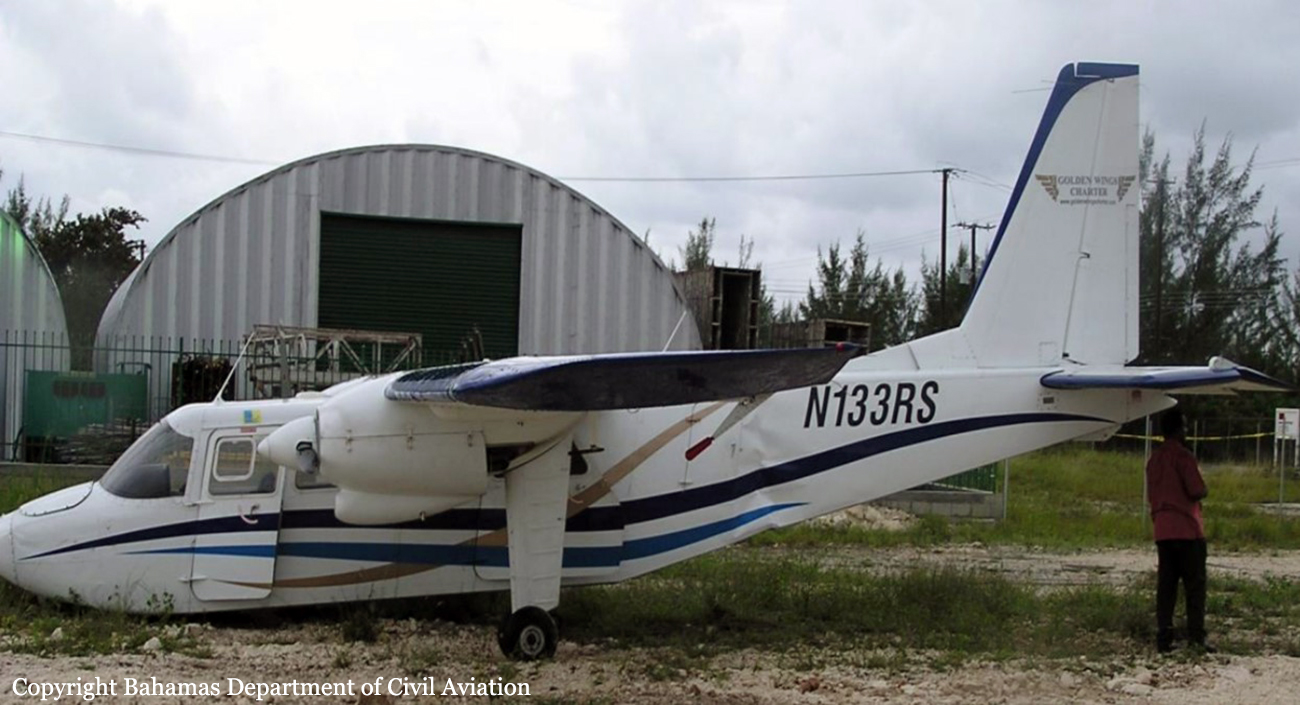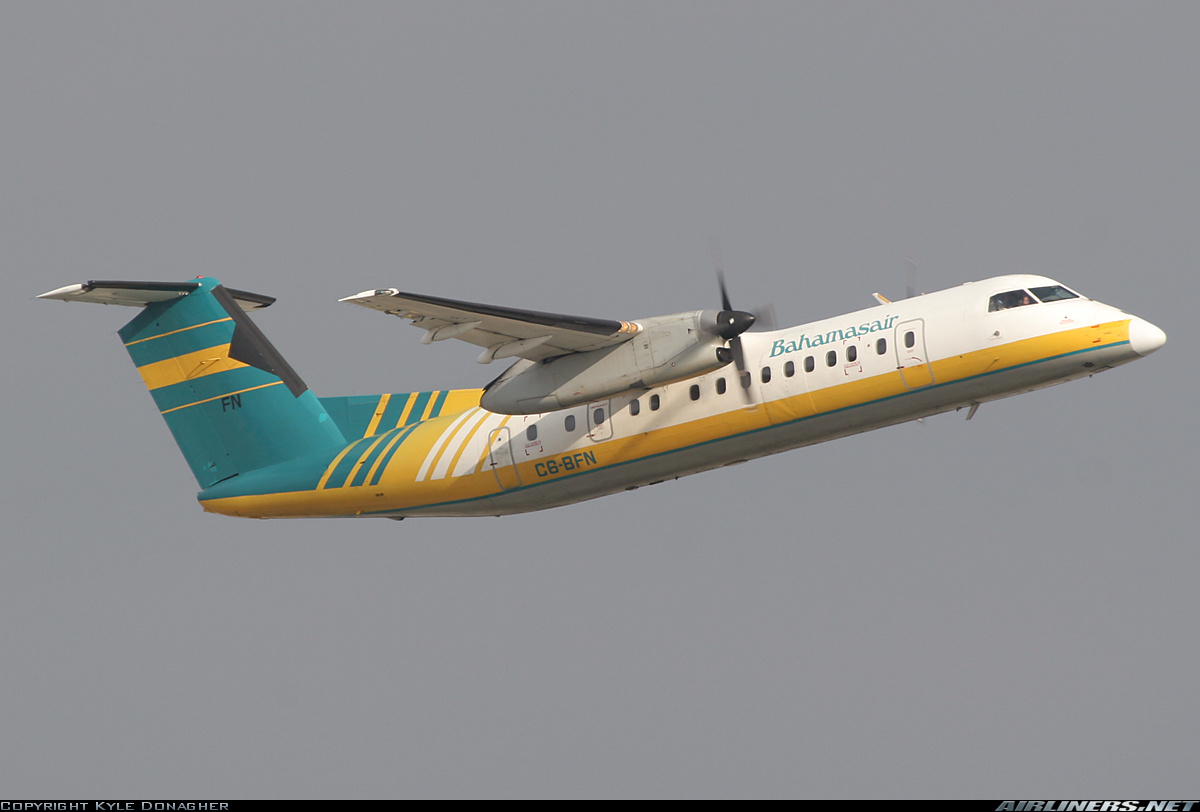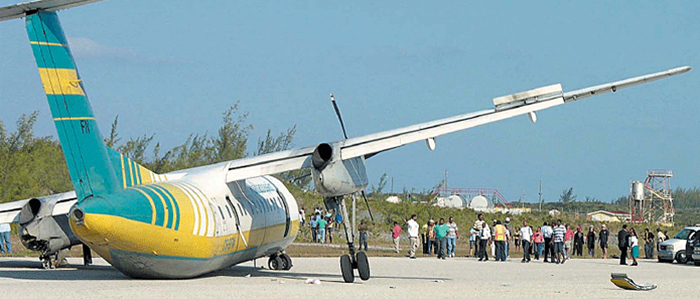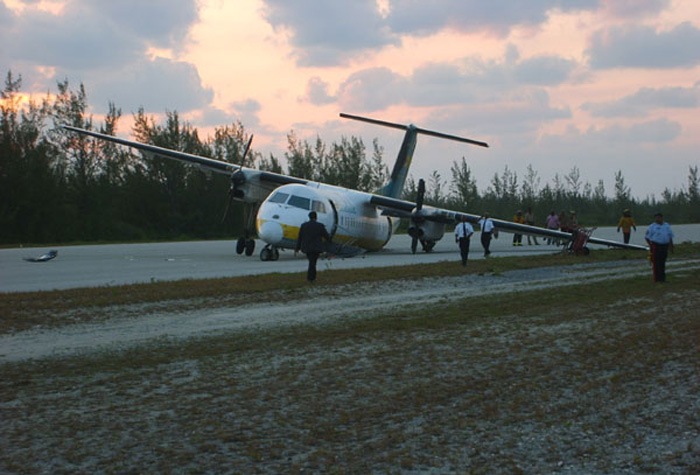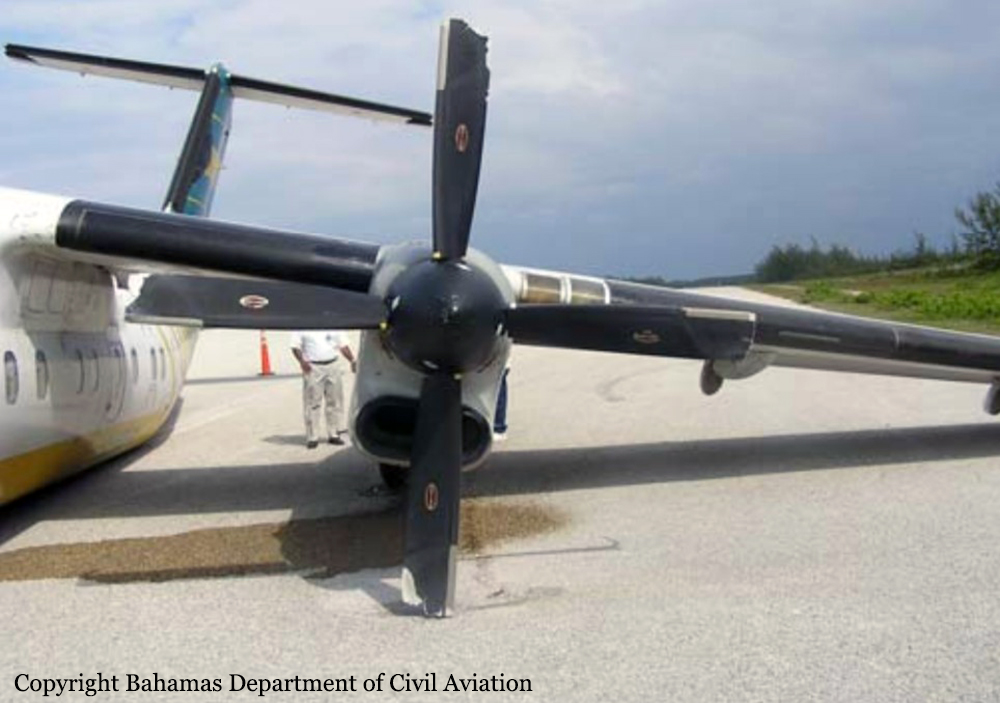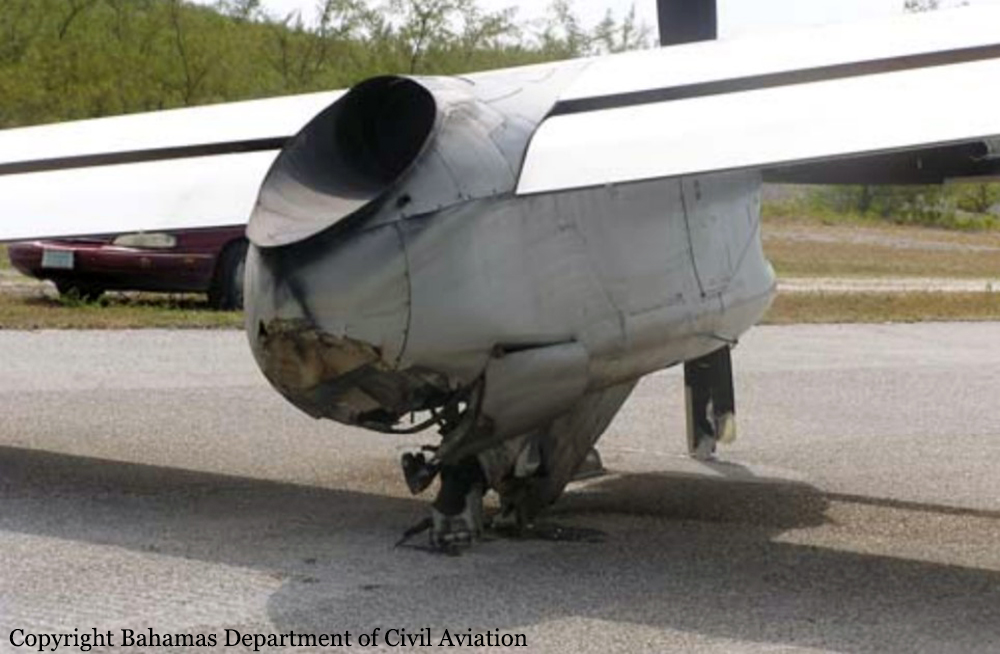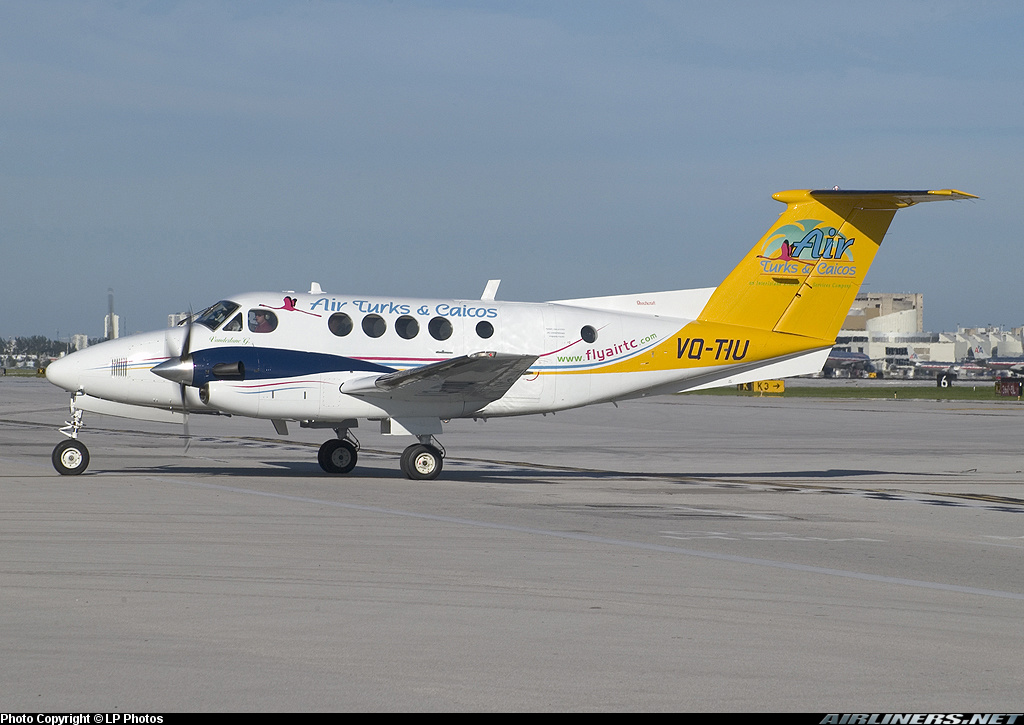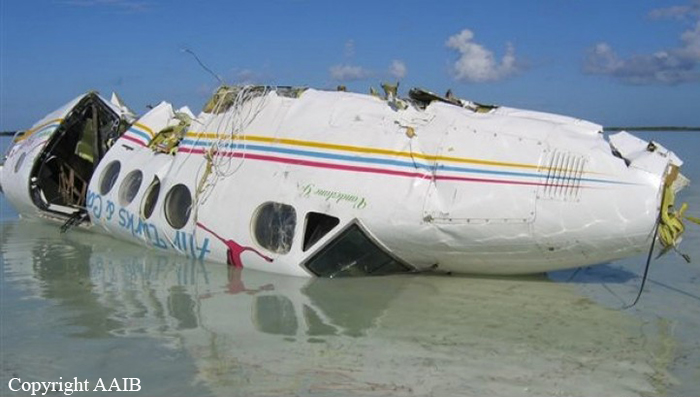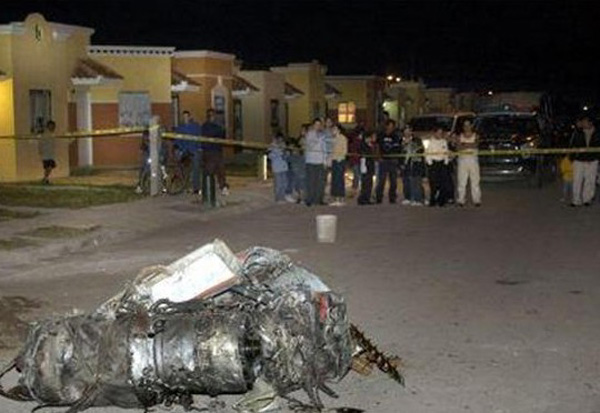Crash of a Rockwell Sabreliner 40 in Saltillo
Date & Time:
Jun 30, 2007 at 1330 LT
Registration:
XA-SMR
Survivors:
Yes
Schedule:
Monterrey – Saltillo
MSN:
282-71
YOM:
1966
Crew on board:
2
Crew fatalities:
Pax on board:
2
Pax fatalities:
Other fatalities:
Total fatalities:
0
Circumstances:
The twin engine aircraft departed Monterrey-General Mariano Escobido Airport at 1305LT on a taxi flight to Saltillo, carrying two passengers and two pilots. After landing on runway 35 at Saltillo Airport, the aircraft was unable to stop within the remaining distance. It overran and came to rest 50 metres further in a rocky area. All four occupants escaped uninjured while the aircraft was damaged beyond repair.



